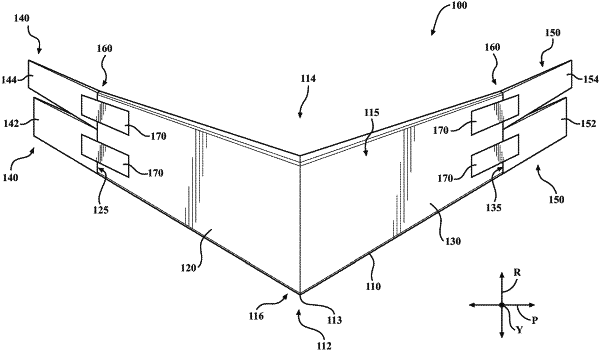| CPC B64C 3/38 (2013.01) [B64C 23/069 (2017.05); B64C 31/06 (2013.01); B64D 41/00 (2013.01); B64C 2031/065 (2013.01)] | 16 Claims |

|
1. An aircraft comprising:
a wing, the wing including a tip;
a winglet pivotably connected to the wing proximate the tip; and
a connecting member operatively connected to the wing and the winglet, the connecting member including a flexible material and a super elastic material member operatively connected to the flexible material, the super elastic material member being a wire, the super elastic material member being configured to exhibit a stiffness profile, the stiffness profile being non-linear and including a region of quasi-zero stiffness, whereby the connecting member allows passive movement of the winglet responsive to real-time operational forces acting upon the aircraft, the super elastic material member being arranged in a non-linear pattern on the flexible material, the pattern including a plurality of bends, turns, curves, zig-zags, and/or undulations, the pattern being configured to cause the connecting member to bend, curve, or curl in one or more directions when loaded.
|